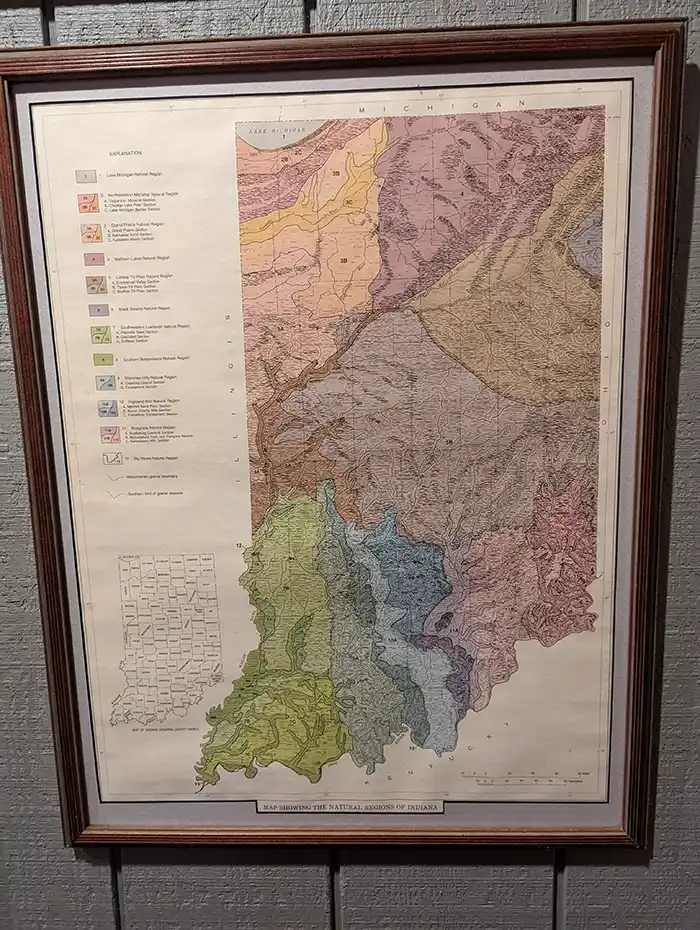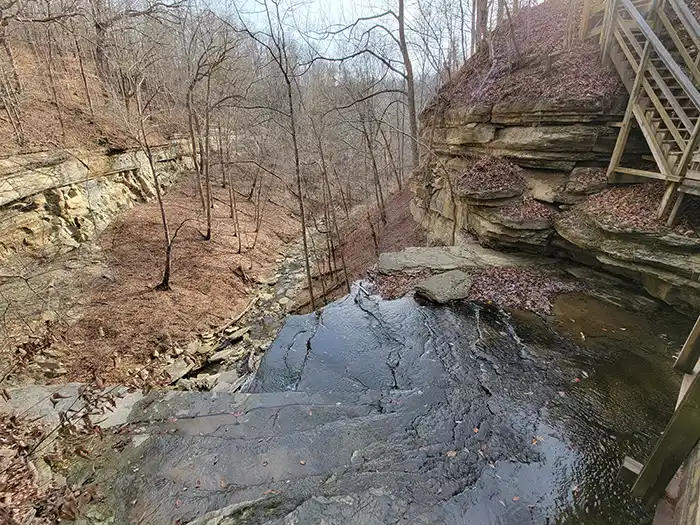Details about Geology of Clifty falls state park!
Know more about the detials of – Geology of Clifty Falls State Park in Indiana was created in the Pleistocene Epoch 2.6 million-12,000 years ago. At that time, the Ohio River valley did not exist and major streams flowed northward. Present-day Clifty Creek was near a divide between the ancient Ohio River and the ancient Kentucky River. During the time of global cooling, the direction of drainage began to change as glacial ice sheets advanced into Indiana.
Ancient Geology of Clifty Falls state park
The Ancient Geology of Clifty Falls State Park Indiana is very amazing. A large mass of ice blocked north-flowing streams and filled the old Kentucky River with hundreds of feet of sediment. New river valleys were quickly cut as the ice melted, and the new drainage pattern was integrated into the current route of the Ohio River.
The park’s 444-million-year-old shale and limestone rocks are exposed in the waterfalls and cliffs of Clifty Falls State Park. These rocks formed layer by layer when Indiana was covered by a shallow sea. At Madison, the rocks accumulated during the Ordovician and Silurian periods. During this formation, water flows in the intra-continental sea were deposited in the rock record in the form of shale. The sequence of shale and limestone, called the Dillsboro Formation, can be found on the lower slopes of the park.
Above the Dillsboro formation is located the Saluda, composed of thick beds of limestone and dolomite with ripple marks and mud cracks. These bedrocks are thicker and more resistant than other rocks in the park. The Saluda formed the crest of Big Clifty Falls, Little Clifty Falls, Tunnel Falls, and Hoffman Falls, as well as being exposed along some of the lower cliffs of Clifty Canyon.

Recent Clifty Falls Geology
The recent Geology of Clifty Falls State Park – Clifty Creek has great erosional power over a short distance, despite its small size. Clifty Falls progressively eroded the land from the Ohio River back to its present location, two miles north of its original position. Today, the terrain of Clifty Falls State Park continues to be shaped by geologic processes such as waterfalls that erode the canyon and alter the landscape. Clifty Falls is steadily retreating upstream at a rate of one-quarter inch per year. Weathering and mass loss continue to widen Clifty Canyon by removing rocks and soil from the valley walls and transporting it to the Ohio River.
Due to these constant erosional processes, the bed of Clifty Creek is filled with incredible fossil remains, including ancient corals, ancestral squid, brachiopods, and more. You can admire and photograph these marine fossil remains, but fossil collecting is prohibited inside Clifty Falls State Park.
For more information about Clifty Falls State Park geology check out the Nature Center displays, as well as the following resource:


